Kathryn Bigelow is back behind the camera with A House of Dynamite, a taut new thriller that imagines the unthinkable: a nuclear missile hurtling toward Chicago, and the fractured, tension-ridden machinery of American defense scrambling to respond. The film resumes Bigelow’s tradition of high-concept geopolitical drama (see: The Hurt Locker, Zero Dark Thirty), but it also highlights how fraught that territory has become — both cinematically and politically.
Story & Structure
The narrative unfolds across multiple vantage points: the Situation Room inside the White House, a command post at the United States Strategic Command, and a remote missile-tracking facility in Alaska. With only eighteen minutes on the clock, characters interchange between calm protocol, moral panic, and icy professional detachment. The core question persists: when the system built to prevent catastrophe fails, who takes the blame — and what happens next?
Bigelow and co-writer Noah Oppenheim openly state they weren’t aiming for documentary-level realism but rather a “what-if” scenario stripped to its logical Extremis: what if deterrence cracks? That purpose gives the film urgency.
Reception and Controversy
The film has already sparked debate. On one hand, it has been praised for its ferocious pace and unflinching tone — the kind of film you watch knowing it might make you uncomfortable. On the other hand, it has come under fire for its depiction of missile-defense failure, which the Missile Defense Agency (MDA) strongly disputes. The agency claims real-world test interceptors have a flawless record over the past decade — a direct challenge to the movie’s premise.
Bigelow, for her part, insists the film is a “journalistic” exercise in tension rather than a blueprint of policy. She argues that by opting not to collaborate directly with the Pentagon, she preserved narrative autonomy and forced the viewer to sit with ambiguity — not comfort.
What Works
- Atmosphere and tension: The countdown clock, the cold technical dialogue, the shifting power dynamics among military, intelligence and political actors — all of it builds a strong sense of impending crisis.
- Ensemble strength: The cast, including figures like Idris Elba, Rebecca Ferguson and Jared Harris, brings gravitas and weight to what is essentially an idea-film about systems under strain.
- Topical relevance: In an era of renewed nuclear anxieties, the film taps a cultural nerve: how prepared are we, really? What happens when our assumptions fail?
What Falls Short
- Repetition of structure: Some critics argue that the tripartite unfolding — shifting between three settings for the same ticking clock — under‐utilises narrative potential, feeling more like echo than escalation.
- Ambiguous payoff: The ending doesn’t wrap neatly. For some viewers, that ambiguity is deliberate and provocative; for others, it feels evasive.
- Spectacle vs. depth: While the film is conceptually bold, it lacks the intimate character focus of Bigelow’s best work. Compared to Zero Dark Thirty’s haunting depth, this feels more technical thriller than emotional journey.
Why It Matters
A House of Dynamite might not be Bigelow’s top-tier masterpiece, but it is a significant film in its willingness to speculate on failure in one of the most guarded systems on Earth. By dramatizing meltdown instead of resilience, it invites conversation about deterrence, institutional fragility and our latent vulnerabilities.
Whether you finish the film feeling chilled by its portrayal or frustrated by its unresolved tensions, that response means one thing: the film has stirred something. And perhaps that was always the point.
Final Verdict
If you’re drawn to thought-provoking thrillers that operate on large stakes and tighter timelines, this film delivers. But if you hoped for character-driven catharsis or a neatly resolved narrative, it may leave you wanting. In the end, A House of Dynamite is less a comfort-watch and more a challenge-watch: a prompt to ask what lies beneath national confidence and whether our most advanced tools might still leave us exposed.





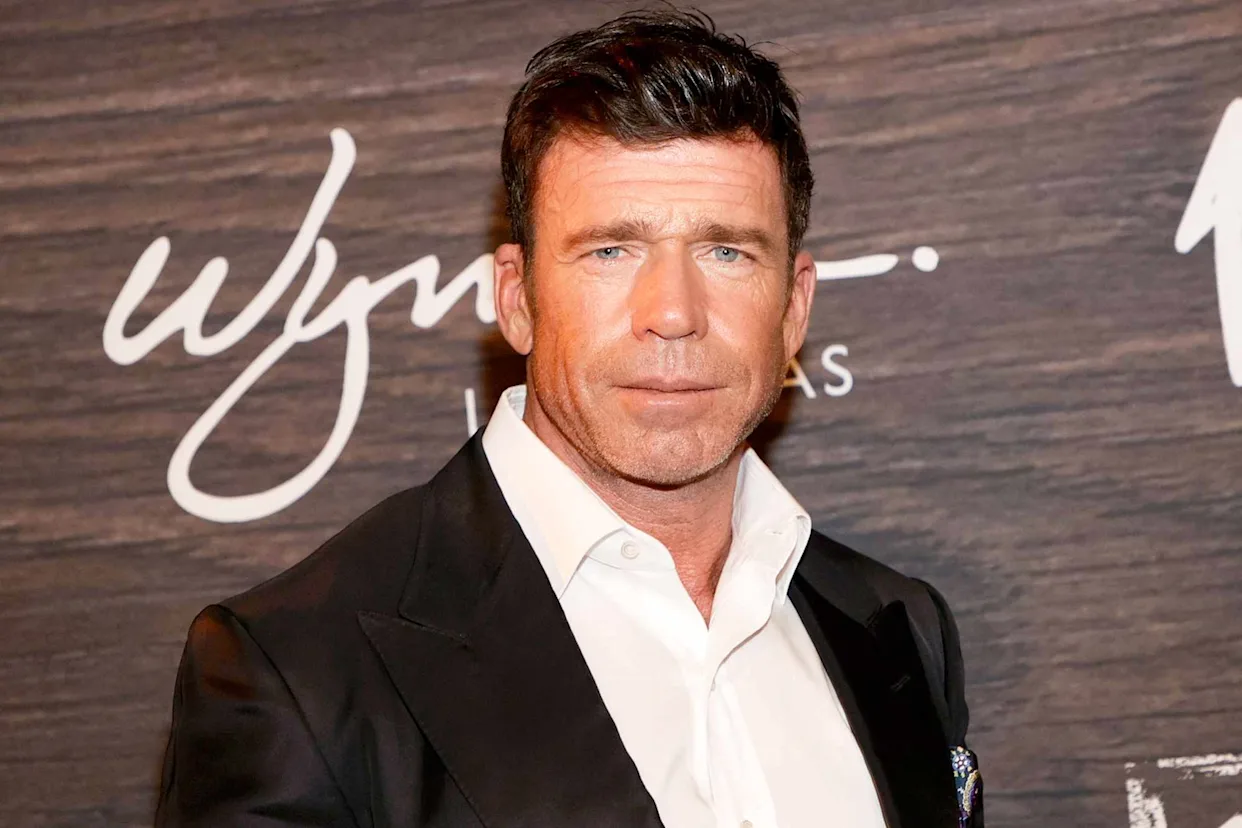
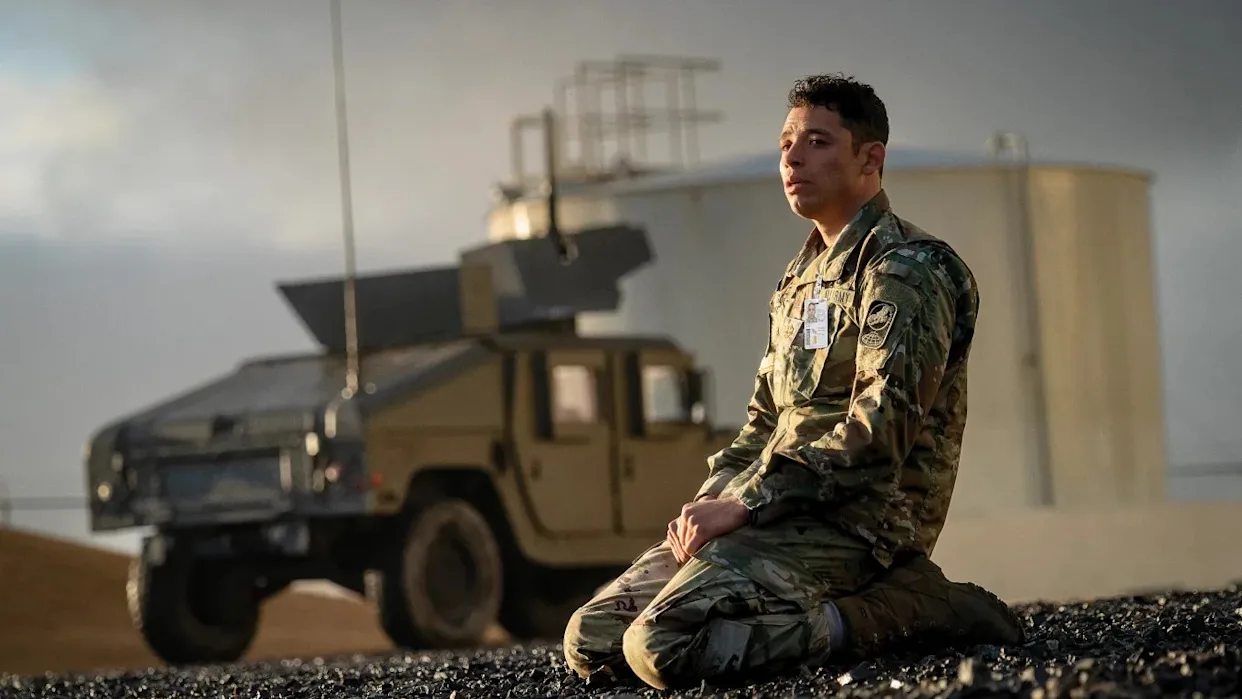
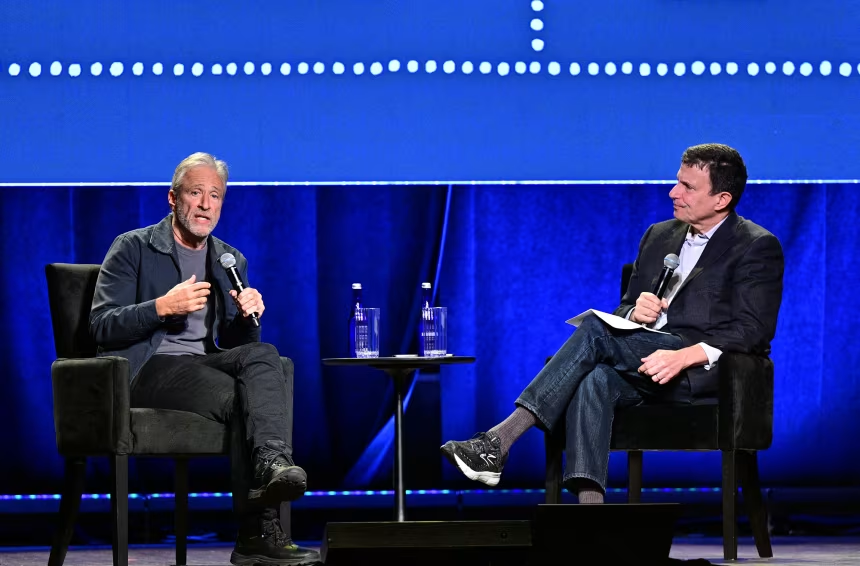
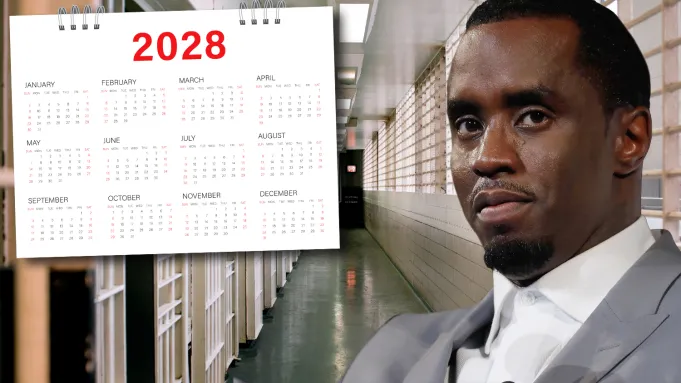


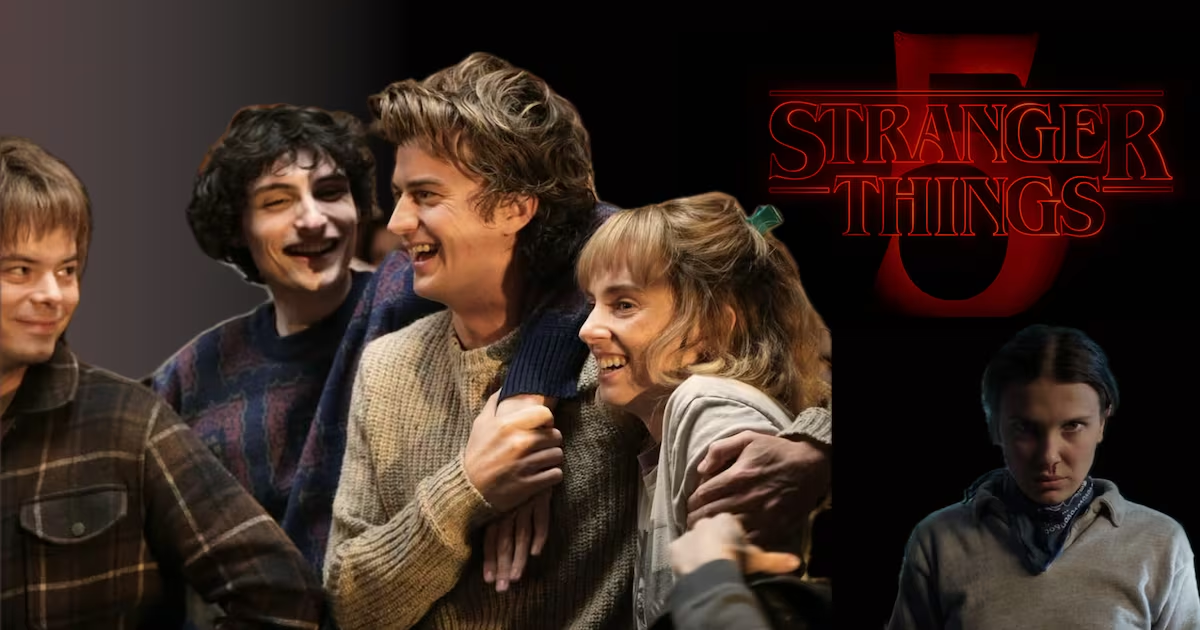


Leave a Reply